What is SEO and How Many Types of SEO? A Comprehensive Guide
In today’s competitive digital world, getting noticed online is more challenging than ever. Whether you are running an e-commerce store, managing a blog, or promoting a brand, being visible on search engines is critical for success. Enter Search Engine Optimization (SEO) – a game-changing tool that can help your website rise through the ranks on search engines like Google, Bing, and Yahoo. But what exactly is SEO, and how can it benefit your site? In this detailed guide, we will explore SEO in-depth, covering its definition, importance, and types, including on-page SEO, off-page SEO, and technical SEO.
By the end of this blog, you’ll understand how SEO works and the essential strategies that will help your website get more organic traffic and improve its online presence.
1. What is SEO?
- Definition and Explanation
- Why is SEO Important?
2. How Search Engines Work
- Crawling and Indexing
- Ranking Algorithms
3. The Importance of SEO in Digital Marketing
- Organic Traffic
- Cost-Effectiveness
- Long-Term Results
4. Types of SEO
- On-Page SEO
- Off-Page SEO
- Technical SEO
- On-Page SEO: Detailed Overview
- Keyword Research
- Content Optimization
- URL Structure and Meta Tags
- Internal Linking
- User Experience
- Off-Page SEO: Detailed Overview
- Backlink Building
- Social Media Signals
- Guest Blogging and Influencer Outreach
- Brand Mentions
- Technical SEO: Detailed Overview
- Website Speed Optimization
- Mobile-Friendliness
- Structured Data (Schema Markup)
- Site Architecture and Crawlability
- How to Combine On-Page, Off-Page, and Technical SEO for Success
- SEO Best Practices
- Conclusion
1. What is SEO?
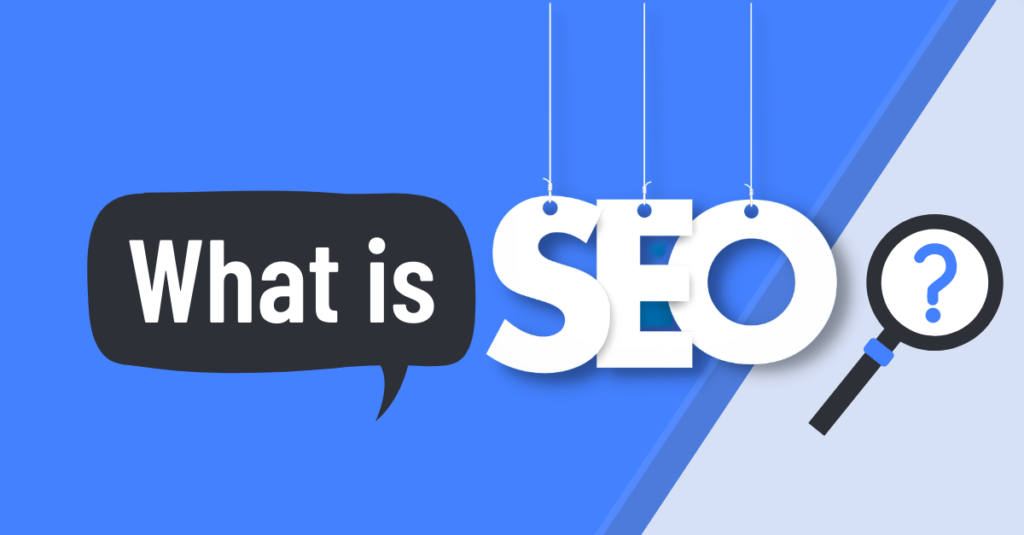
SEO, or Search Engine Optimization, is the process of improving a website to increase its visibility and rankings in the organic (non-paid) search engine results. The goal of SEO is to optimize your website to make it easier for search engines to understand, index, and rank it for specific queries.
Search engines, like Google, use complex algorithms to rank websites based on a variety of factors. SEO ensures that your website meets these factors and provides value to users, ultimately improving the chances of ranking high in search results.
Why is SEO Important?
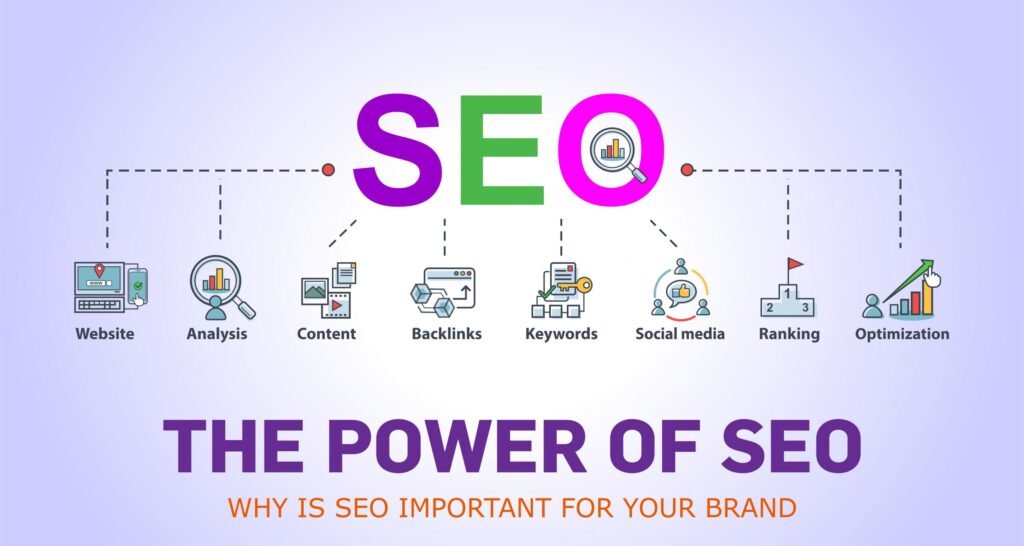
SEO is an integral part of any digital marketing strategy. Here are some key reasons why SEO is crucial for your website’s success:
- Increased Visibility: SEO helps your website rank higher in search engine results, making it more visible to users searching for relevant content.
- Higher Traffic: By improving your rankings, SEO attracts organic traffic, which is often more qualified and likely to convert.
- Cost-Effectiveness: Unlike paid advertising (PPC), SEO helps you attract free traffic, providing a more cost-effective long-term solution.
- Trust and Credibility: Websites that rank higher in search results are often seen as more trustworthy and authoritative by users.
- Better User Experience: SEO involves optimizing the user experience on your site, ensuring that visitors have a smooth and enjoyable interaction.
2. How Search Engines Work
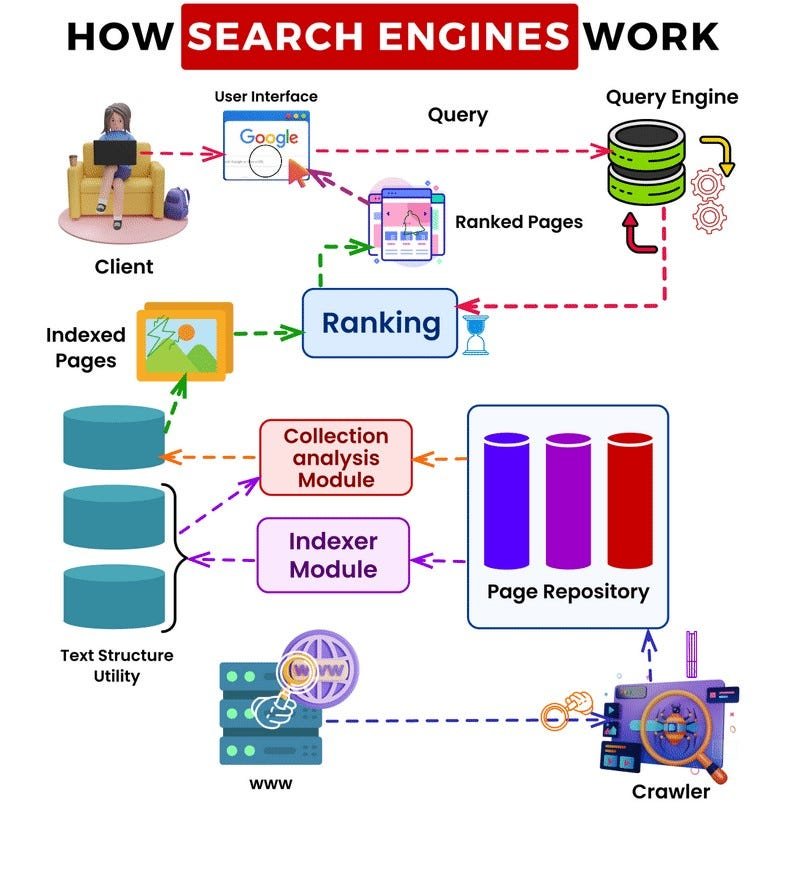
Before delving into the types of SEO, it’s essential to understand how search engines function. The primary goal of search engines is to provide the best and most relevant results to users’ queries.
Crawling and Indexing
Search engines send bots or crawlers to explore websites. These crawlers analyze the content on a webpage, looking for keywords, images, and links to understand what the page is about. Once the crawlers have explored a webpage, it is then indexed in a giant database.
Ranking Algorithms
Search engines use ranking algorithms to determine how websites should be ranked in search results. These algorithms evaluate a wide range of factors such as:
- Relevance: How closely the content of the page matches the user’s query.
- Authority: The trustworthiness of the website, usually determined by the number and quality of backlinks.
- User Experience: How easy and enjoyable it is for users to navigate and interact with the website.
3. The Importance of SEO in Digital Marketing
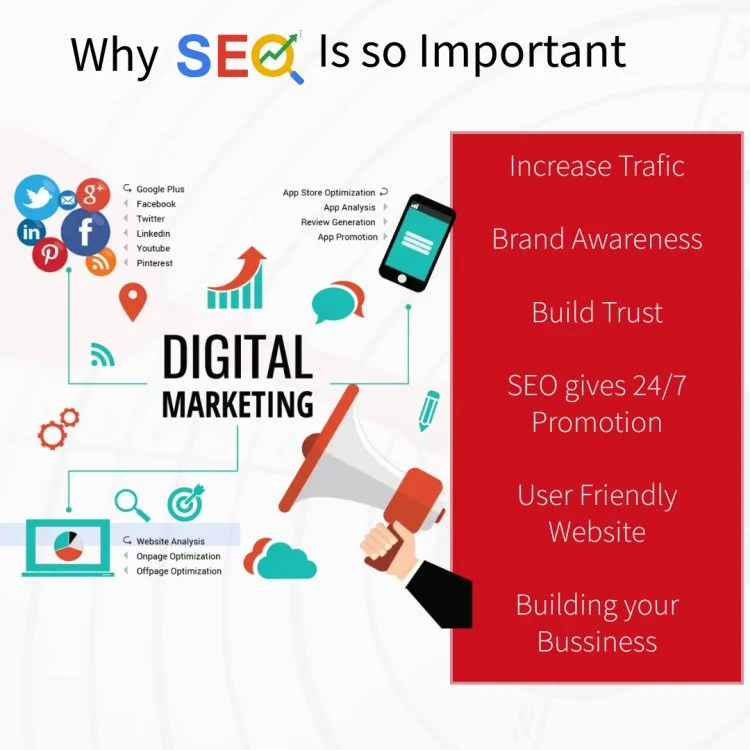
SEO plays a vital role in any digital marketing strategy. Let’s explore why it’s so important:
Organic Traffic
Organic traffic refers to visitors who land on your website through unpaid search results. SEO efforts, such as targeting the right keywords and optimizing content, are designed to attract organic traffic. This is often more valuable than paid traffic because users trust organic results more.
Cost-Effectiveness
Unlike paid advertisements, SEO focuses on earning organic rankings, which eliminates the need for ongoing ad spend. While it may take time to see results, the long-term cost-effectiveness makes SEO an attractive investment for many businesses.
Long-Term Results
While pay-per-click ads may deliver instant results, SEO is a long-term strategy that can provide sustained results. Once your website begins ranking high for relevant keywords, it can maintain its position with ongoing optimization efforts.
4. Types of SEO
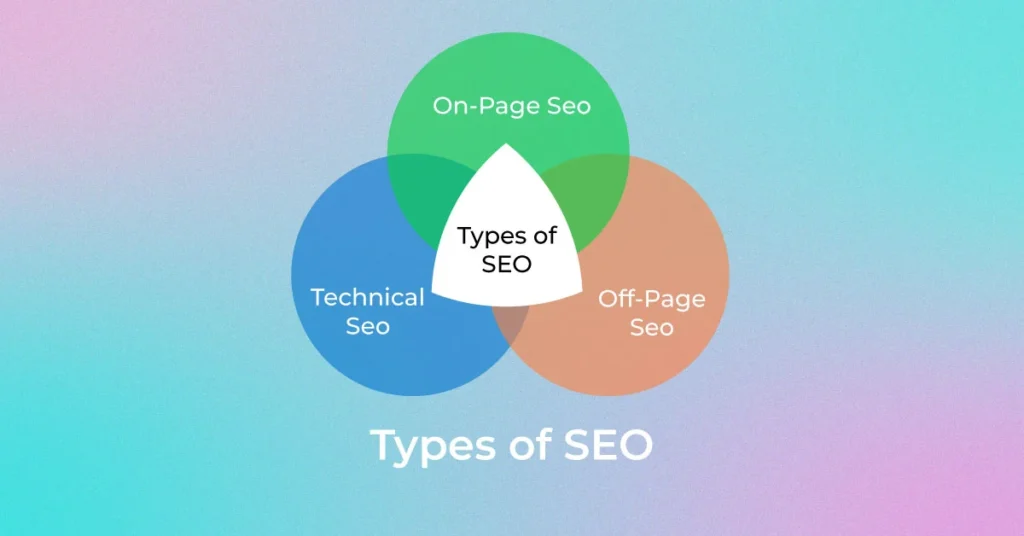
SEO can be broken down into three main types:
- On-Page SEO
- Off-Page SEO
- Technical SEO
Each of these types plays a critical role in improving your website’s ranking and overall SEO performance.
1. On-Page SEO
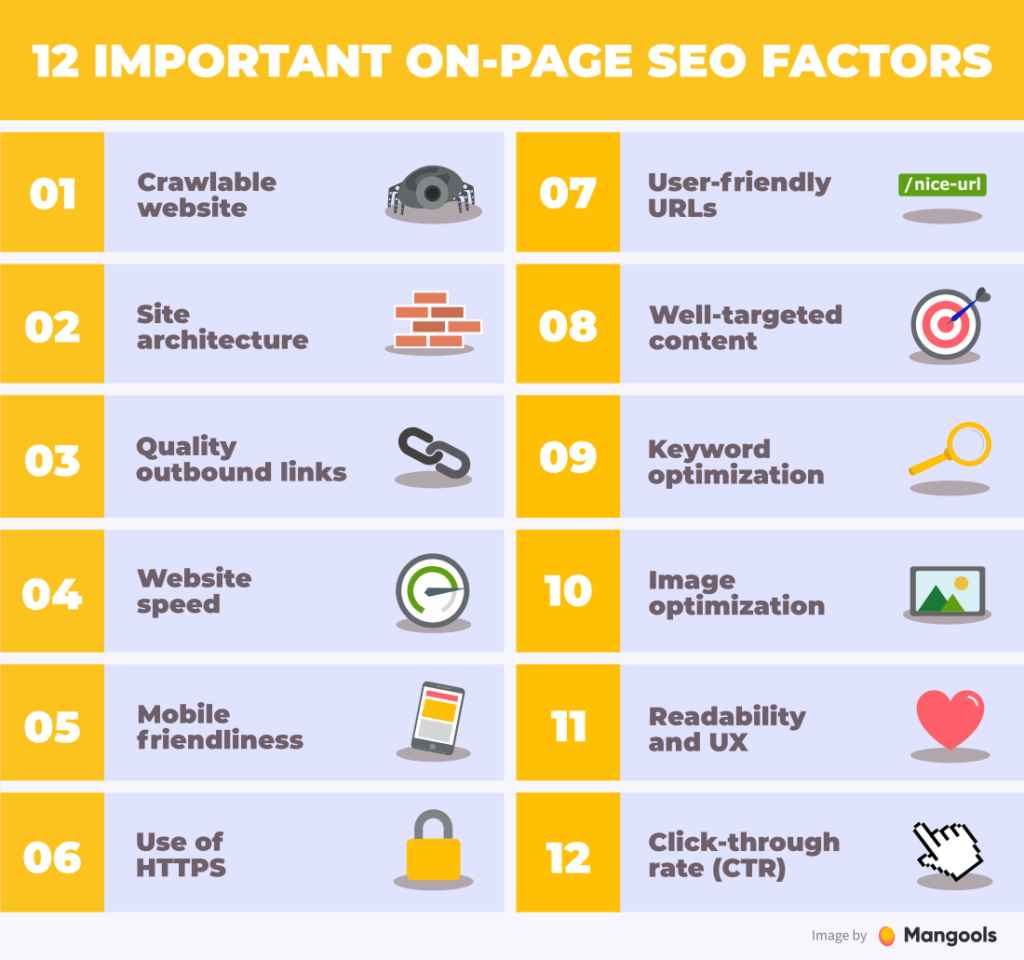
On-page SEO refers to the elements within your website that you can control and optimize to improve its rankings. This includes everything from content creation to metadata optimization.
Key Elements of On-Page SEO:
- Keyword Research: Identifying the right keywords is essential to understanding what users are searching for. Integrating these keywords into your content, titles, headings, and URLs helps search engines understand the relevance of your page.
- Content Optimization: High-quality, valuable content is key to ranking well. Your content should be informative, well-researched, and provide solutions to the user’s query. The longer the content (without being fluff), the better the chances of ranking for multiple related keywords.
- Meta Tags: Title tags and meta descriptions are crucial elements in on-page SEO. The title tag should be concise and descriptive, while the meta description provides a brief summary of the page. Although meta descriptions don’t directly affect rankings, they influence click-through rates (CTR).
- URL Structure: URLs should be clean, concise, and include relevant keywords. Avoid long, complex URLs with unnecessary parameters. A well-structured URL improves the chances of ranking higher and increases user click-through.
- Internal Linking: Linking to other relevant pages within your website helps both users and search engines navigate your site. It also ensures that link equity is passed on to other important pages.
- User Experience: A user-friendly design, fast loading time, easy navigation, and a mobile-optimized website contribute to a positive user experience, which in turn, benefits SEO.
2. Off-Page SEO
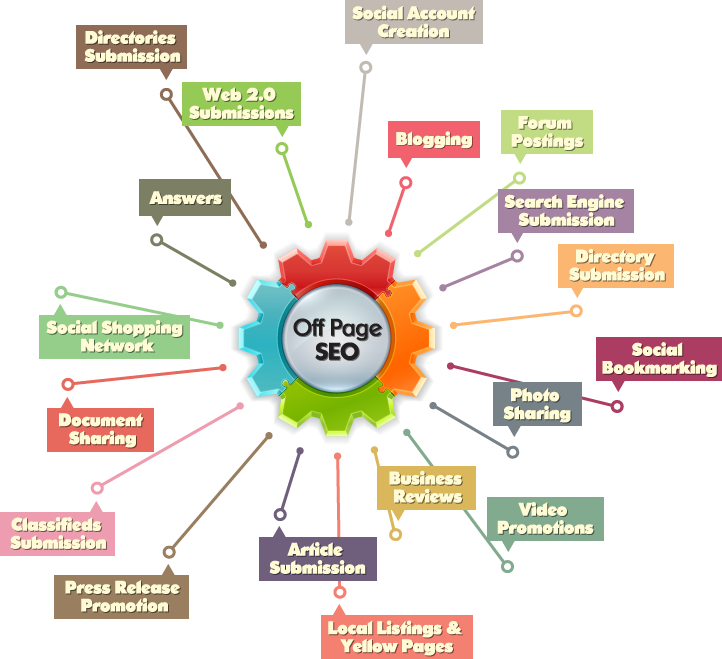
Off-page SEO refers to all the activities that occur outside your website to improve its visibility and ranking. The focus here is primarily on building your website’s authority and credibility, often through backlinks.
Key Elements of Off-Page SEO:
- Backlink Building: Backlinks are one of the most important ranking factors. High-quality backlinks from authoritative websites signal to search engines that your content is trustworthy and relevant.
- Social Media Signals: Social media engagement helps in driving traffic to your website. While social signals (likes, shares, comments) are not direct ranking factors, they influence visibility and can lead to increased backlinks.
- Guest Blogging: Writing guest posts on reputable websites in your industry is an excellent way to earn backlinks, expand your reach, and build your authority.
- Brand Mentions: Even without a direct backlink, brand mentions across the web help establish your website’s authority and relevance.
3. Technical SEO
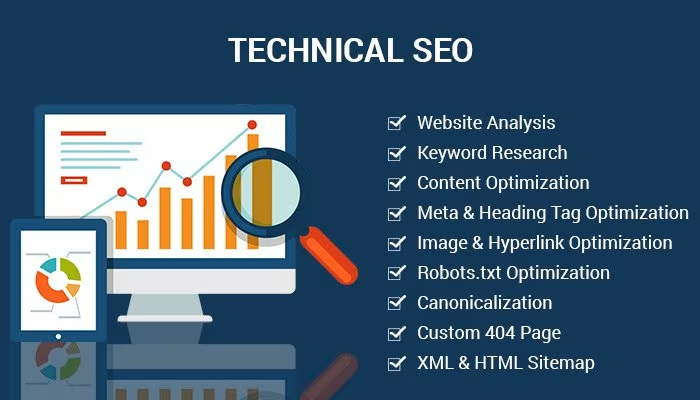
Technical SEO focuses on the technical aspects of your website that influence its ability to be crawled and indexed by search engines. This includes elements related to site structure, speed, and security.
Key Elements of Technical SEO:
- Website Speed: Slow-loading websites tend to have high bounce rates, which negatively affects SEO. Optimizing images, utilizing caching, and reducing unnecessary code can improve loading times.
- Mobile Optimization: With the rise of mobile search, ensuring that your website is mobile-friendly is crucial. Google prioritizes mobile-friendly websites in its rankings.
- Structured Data (Schema Markup): Structured data helps search engines understand the context of your content, making it easier to display rich snippets (such as star ratings, product information, and more) in search results.
- Crawlability and Site Architecture: Ensuring that search engines can crawl and index all important pages on your site is essential for SEO. This involves optimizing your site structure, adding an XML sitemap, and addressing crawl errors.
- HTTPS Security: Google favors websites that are secured with HTTPS. Installing an SSL certificate to encrypt data between users and your site is essential for security and rankings.
How to Combine On-Page, Off-Page, and Technical SEO for Success
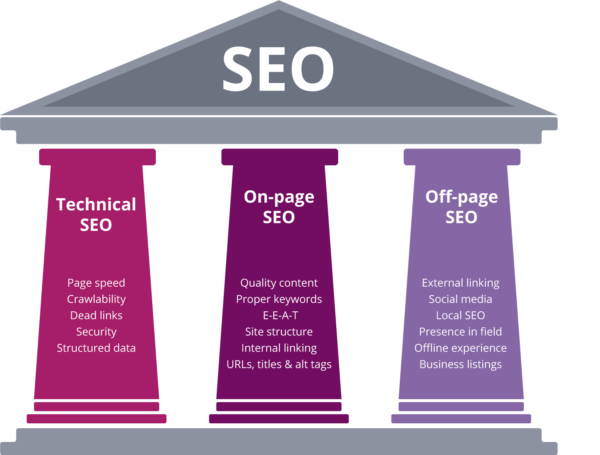
Some SEO factors are given into photo as you can see. While each type of SEO plays a significant role on its own, they work best when combined. To achieve SEO success, you must focus on optimizing all three aspects. For instance:
- Use on-page SEO to ensure that your content is high-quality, keyword-rich, and structured properly.
- Leverage off-page SEO to build backlinks, engage with your audience on social media, and establish authority.
- Optimize your website’s technical aspects to ensure that it is fast, secure, and mobile-friendly.
By balancing all three types, your website will be better positioned to rank higher and attract more traffic.
SEO Best Practices
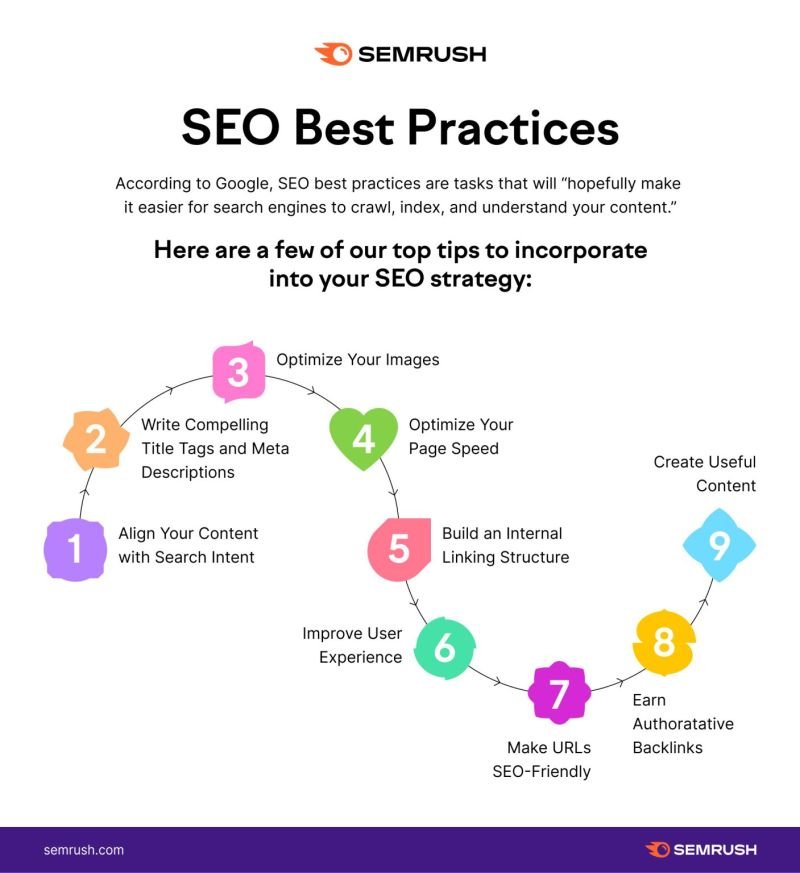
- Focus on High-Quality Content: Always prioritize the creation of valuable, engaging, and informative content for your audience.
- Stay Updated with Algorithm Changes: Search engine algorithms are constantly evolving. Keep up with updates to maintain your rankings.
- Monitor and Analyze Results: Use tools like Google Analytics, Google Search Console, and SEO tools to track your progress and make data-driven decisions.
- Avoid Black-Hat SEO: Techniques like keyword stuffing, cloaking, and buying backlinks can lead to penalties from search engines.
Conclusion
SEO is an essential strategy for boosting your website’s visibility, increasing organic traffic, and driving long-term growth. By understanding the different types of SEO—on-page, off-page, and technical—and implementing best practices in each area, you can significantly improve your website’s rankings and online presence.
Remember, SEO is a continuous process that requires time, effort, and monitoring. Whether you are just starting or refining your existing strategy, focusing on these three types of SEO will help you reach your goals and dominate the digital landscape.
Happy optimizing!
By your MYMARKETINGFRIEND.ME
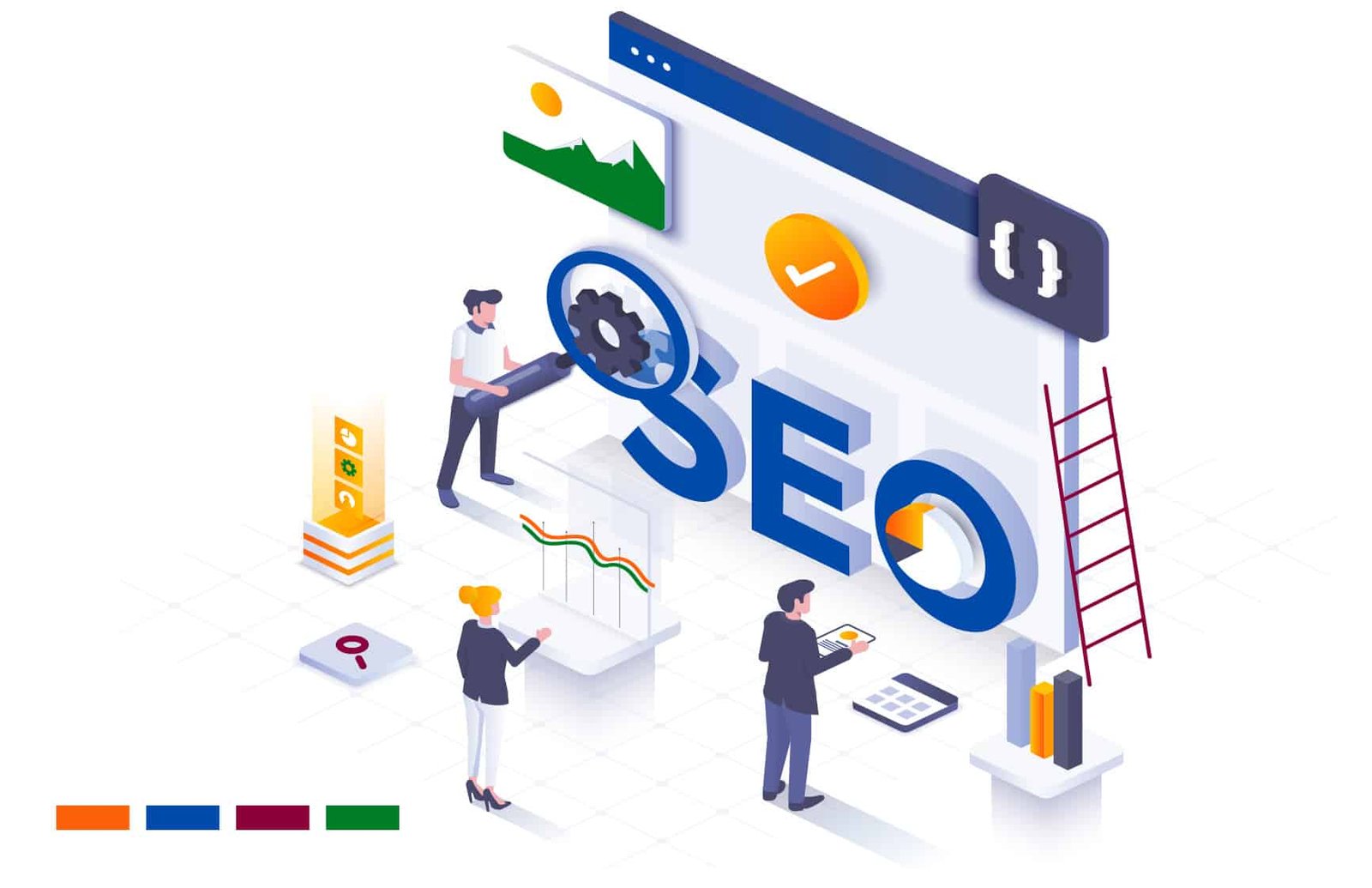


Pingback: 10 Steps to Build Digital Marketing Strategy from Scratch - mymarketingfriend.me